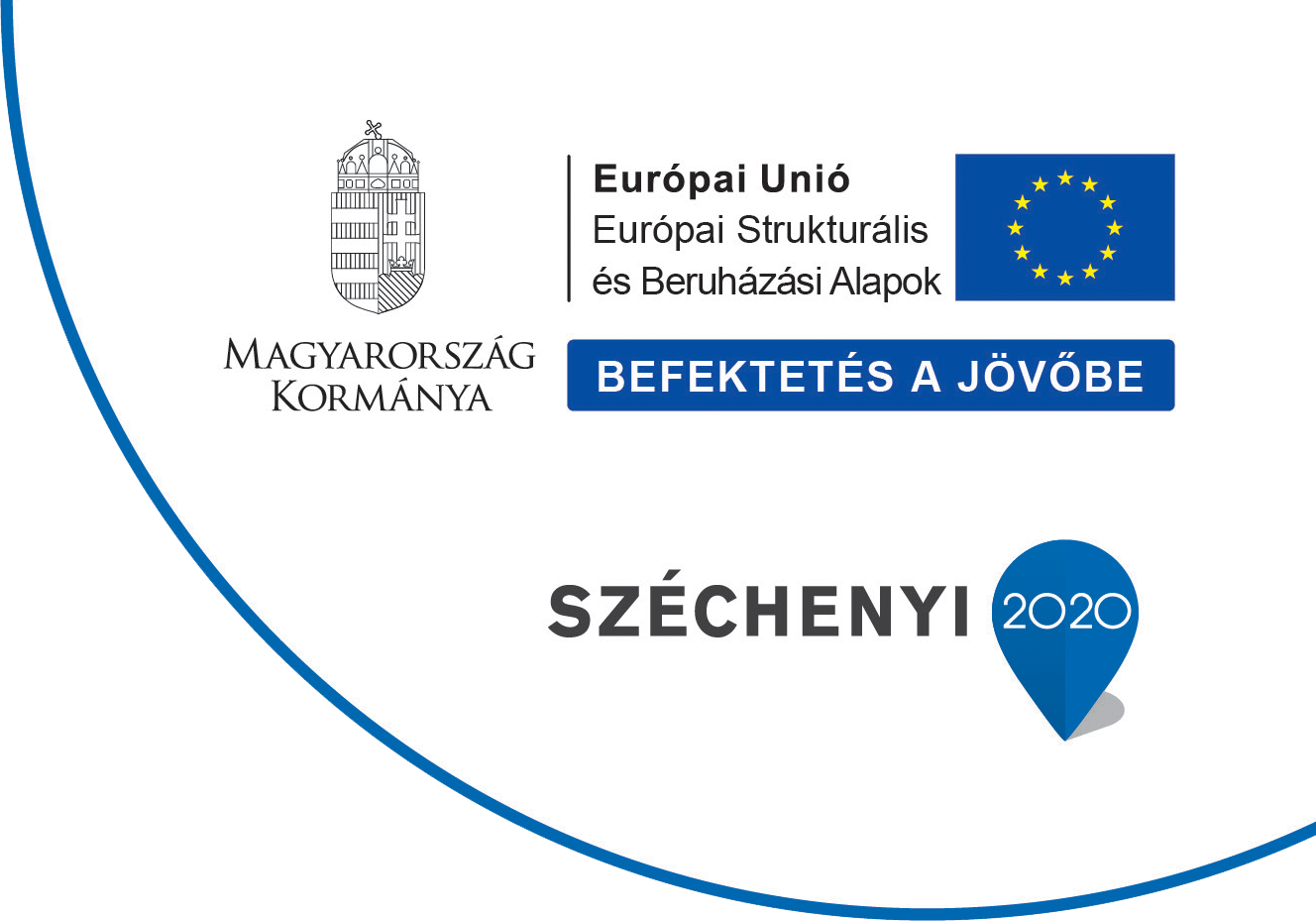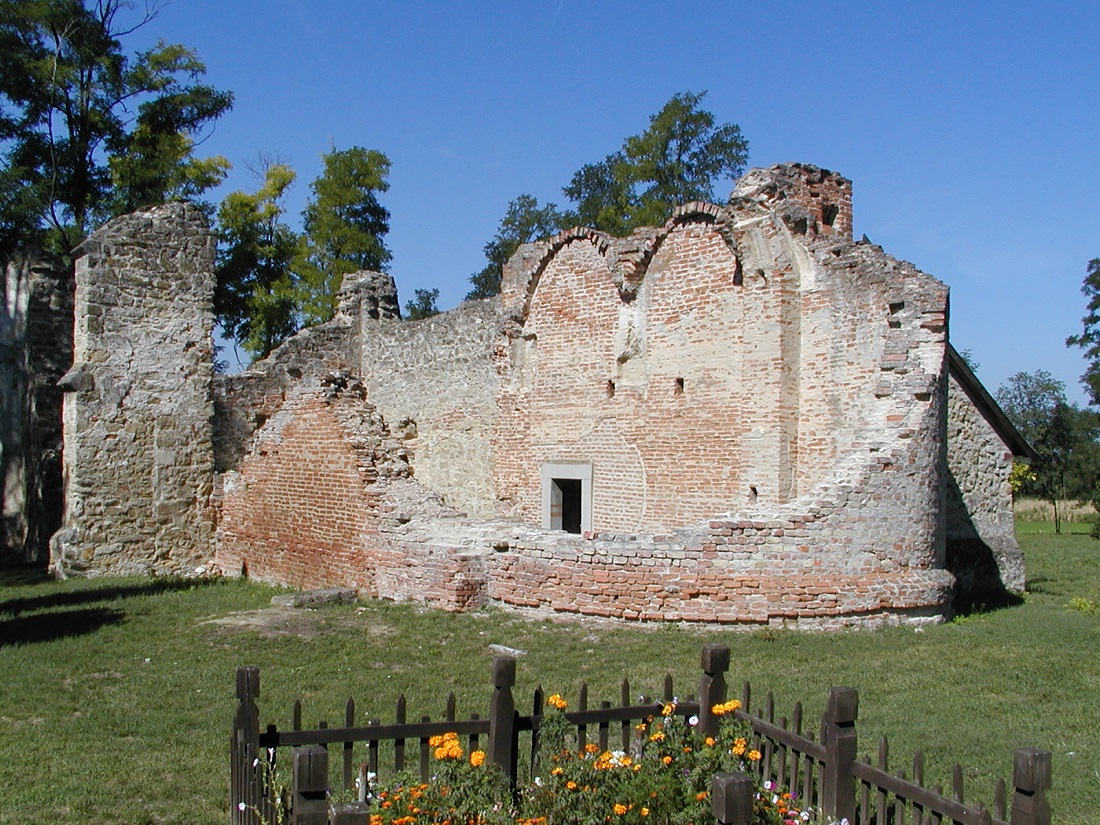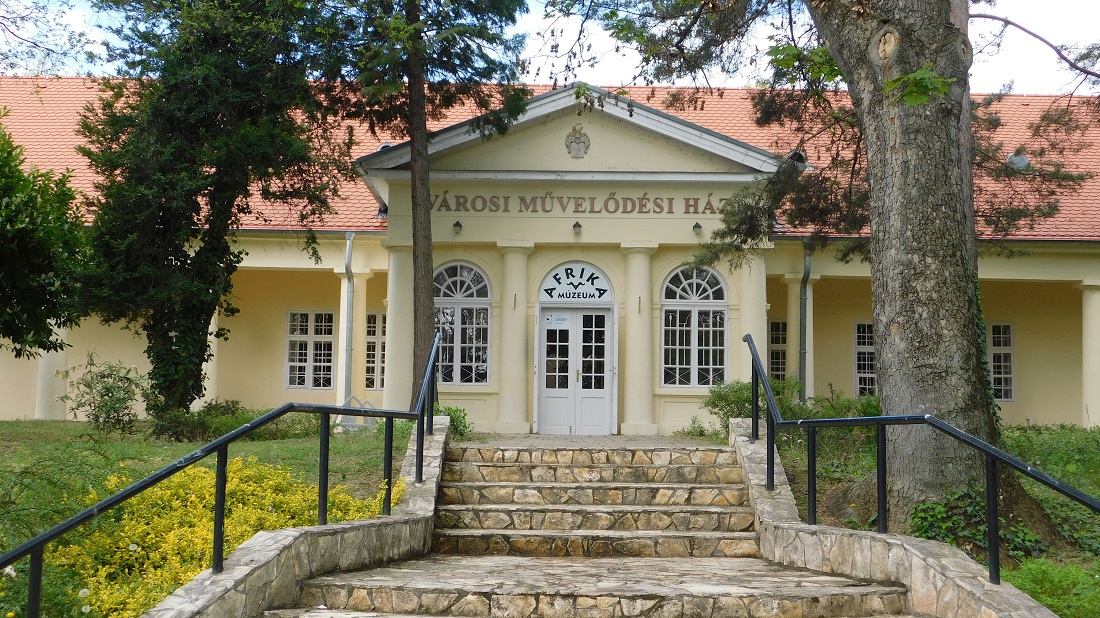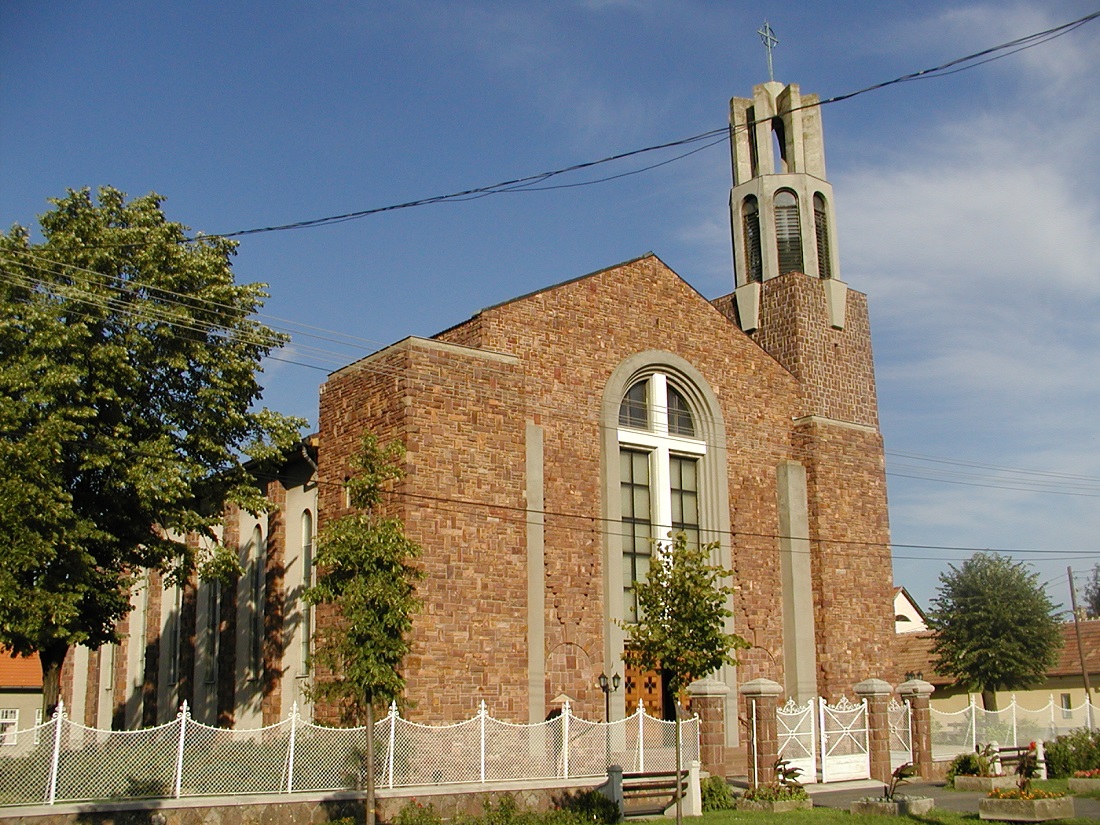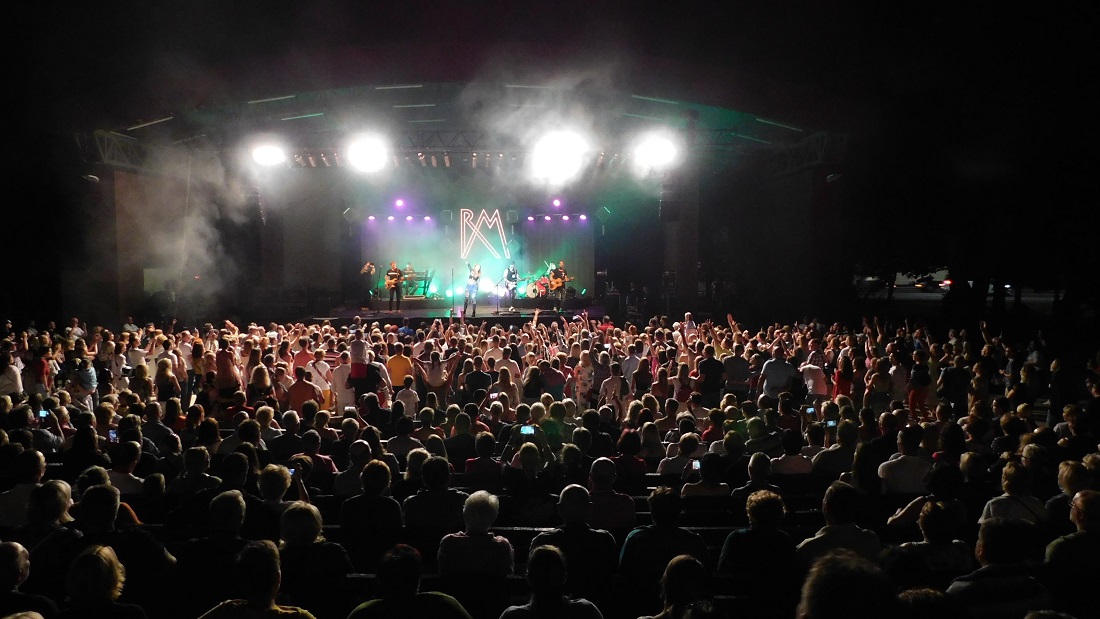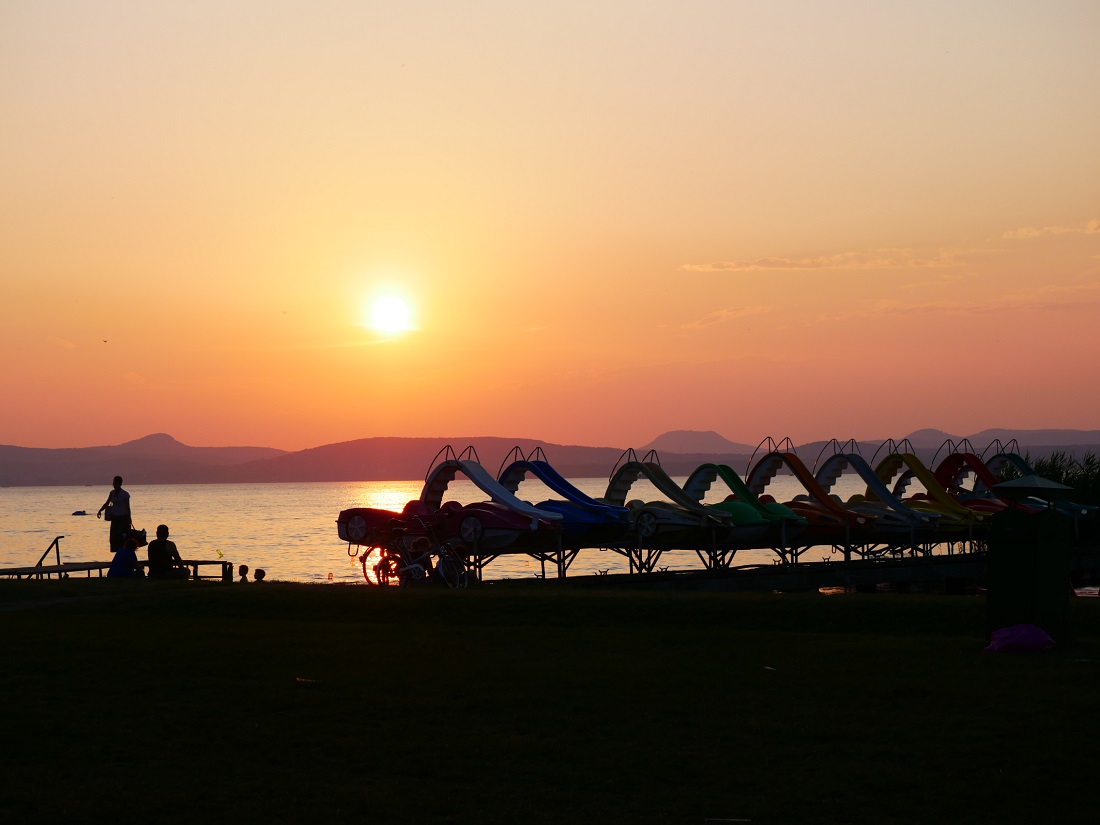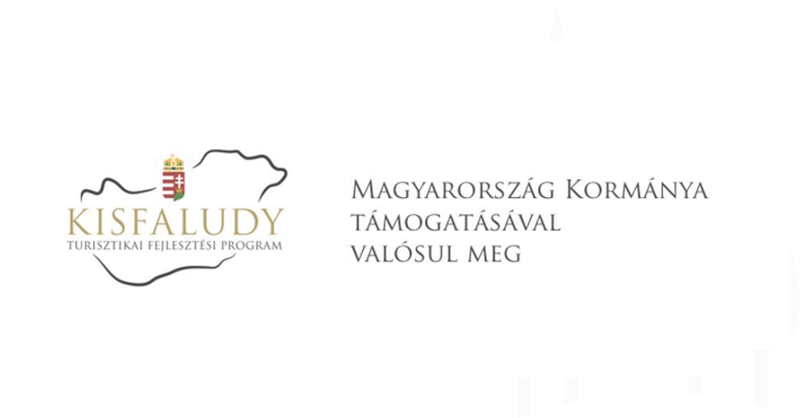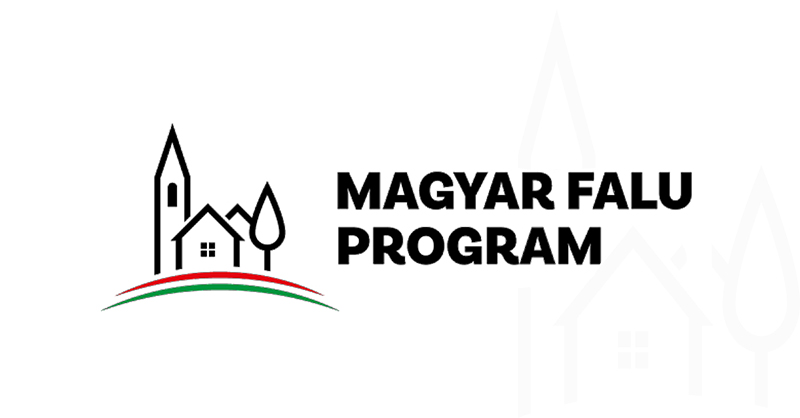Kishegy
Gamás hill, which belongs to Outer Somogy Hills, lies on the border of Lelle. The highest point on the outskirts of the settlement is the top of Kishegy, which reaches almost 300 m above sea level. It is an excellent vine-growing area and the raw materials for the far-famed Lelle wines are grown here. Its fantastic panorama attracts thousands of tourists every year, as from the panoramic terrace in its well-kept park garden you can see as far as the bay of Keszthely in fine weather.
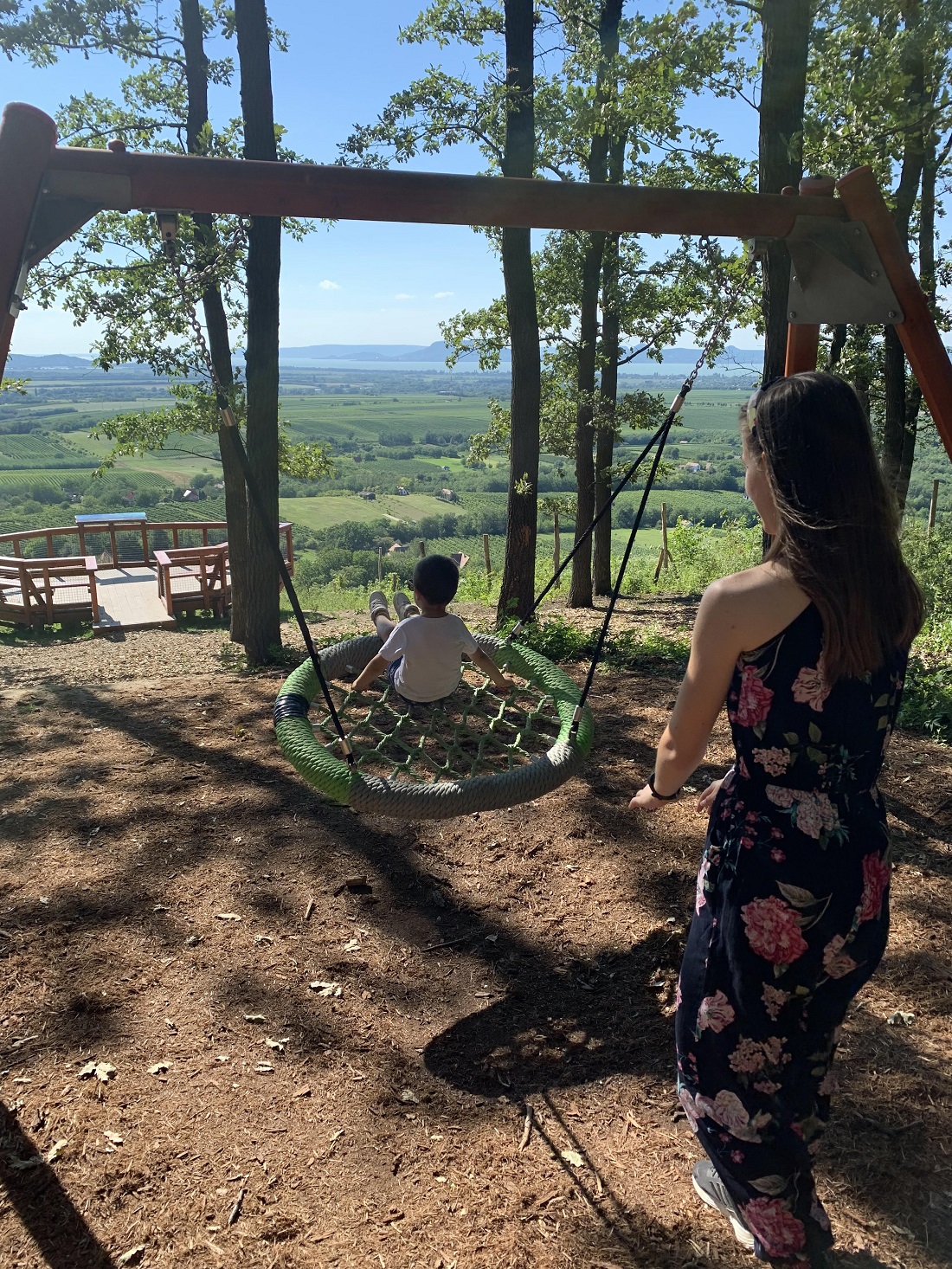
The vineyard is home to nationally renowned events such as the Kishegy Kortyok és Falatok Gastronomic Festival held every April, and the Murci Festival in October.
St. Donatus Chapel on Kishegy was named after St. Donatus, the patron saint of vine growers. In the early 18th century Baron György Majthényi (1684-1749) had the chapel of St. Donatus built in the vineyard of Kishegy, which belongs to Balatonlelle. The building has a baroque altar and furnishings. In 1748 the canon donated three bells to the church of Lelle, one of which was given to the chapel of St. Donatus. In 1815 Count Ferenc Széchényi (1754-1820) became the chapel's dean, who was an eminent statesman, founder of the Hungarian National Library and Museum, chief bailiff of Somogy county, royal chamberlain, knight of the Order of the Golden Fleece, royal envoy and commissioner.
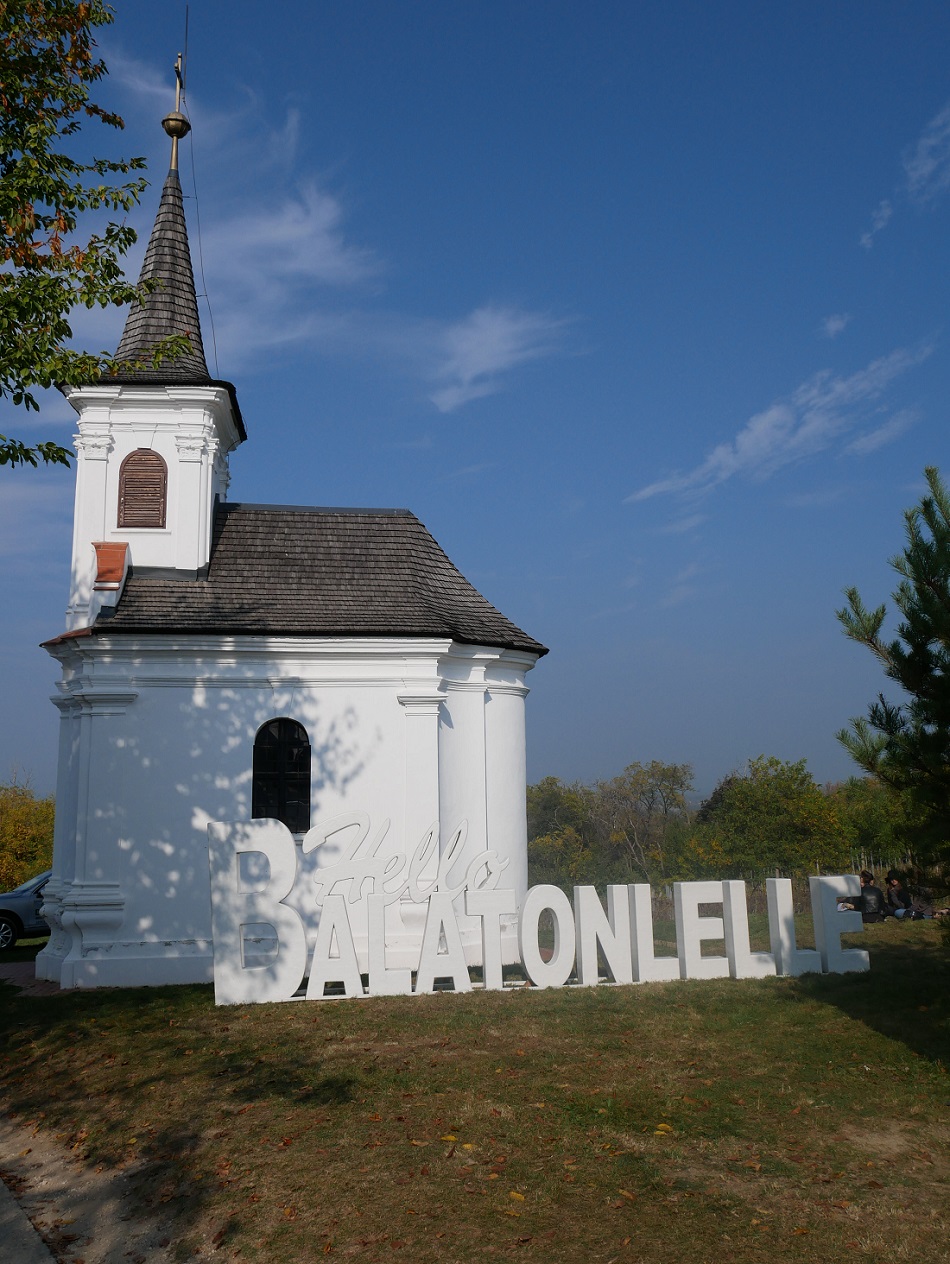
The altar of the chapel still bears the coat of arms of the family Széchényi. During the First World War the bell was taken away, and a new one was installed only in 1928. The chapel and the altar were restored in 1950. In 1984 the Baroque-style statues of St. Donatus and St. Cajetan and two putti were stolen. In August 2015 the chapel was blessed after it had been renovated with a budget of around 10 million HUF. In January 2016 the renovated chapel was awarded the title of Treasure of Somogy County by the General Assembly of Somogy County.
Rádpuszta:
The ruined church of Rádpuszta or the Chapel of the Ascension of Our Lord was built in the 13th century near the brook Tetves. We don't know who built it, but at that time the clan of Rád, the Bishops' Chapter of Fehérvár and the Abbot of Pannonhalma had partial estates in Rádpuszta. The clan of Rád did not have a monastery built, so either the canon or the abbot must have had the chapel built.
It was built in Romanesque style with a horseshoe-shaped sanctuary and a small nave. It was enlarged with a gallery of 3 meters and a nave of 9.5 meters in the 15th century. The chapel was 11.5 metres long and 7 metres wide but it was damaged during the Turkish occupation. The medieval church was still standing when the region was repopulated in the 18th century and minor renovations were carried out. The tower still stood on the side of the sacristy. The use was due to the fact that the chapel was located in the village, on its western side, and not outside its boundaries. By the beginning of the 20th century it was a ruin. In the second half of the 20th century conservation work was carried out on the ruin. In 2007 a stained glass window depicting King St Stephen was installed.
Nowadays Rádpuszta is a popular tourist centre with its excellent restaurant, event centre, animal farm, horse shows and playground, the farm offers visitors a wide range of entertainment.
Szalay Castle:
today it houses the Community House and the Africa Museum. The Africa Museum is a permanent exhibition of Count Pongrácz Somssich's famous collection of African hunting trophies.
In 2022 a brand new interior exhibition of never-before-seen objects from the Szalay family, who once lived here, was opened. Every year at Pentecost the town organises a two-day festival called "Szalay Days", which brings the castle's heyday to life.
The park of the "castle" is bathed in light from the beginning of Advent until the Epiphany. At the weekends in Advent visitors can get in the mood for the festive season with a flea market and family activities.
Roman Catholic Church
The Roman Catholic Church - The Roman Catholic Church of Balatonlelle, or the so-called Holy Trinity Church, has survived long and turbulent centuries.
Its predecessor, the Basilica of Saint Clement, was built in honour of Pope Saint Clement of Rome (?-97/101). When St Cyril (827-869) and St Methodius (815-885) spent a winter in Lelle in 865-866 with the remains of Pope Clement on their way from the Crimea to Rome, they might have had the church built in connection with their missionary work. It was mentioned as a basilica in 1211. It was destroyed during the Turkish occupation. In the 18th century, Lelle became an inhabited settlement again. In 1720, Lelle became part of Látrány, by then it had a church of mud and solid walls, which was rebuilt and furnished by the landlord Baron György Majthényi (1684-1749) between 1720 and 1727. The new church was a wooden church with a wooden tower. At first the church had no pews, only 13 seats, but it already had an organ. In 1748 the church had two bells. The second renovation of the building was done in 1756 under the instructions of György Majthényi’s widow née Julianna Sztrányai (1715-1788). The tower was demolished and rebuilt in brick. By the 20th century the church had become too small, and the demolition of the 18th century church began on 24 May 1943. After that the construction of the new church began based on the plans of Bertalan Árkay and was finished with the construction of the tower in 1972. On 14 March 2009 the Minister of Education and Culture declared our church a monument.
In summer the church is a popular venue for organ concerts.
Breznay Chapel:
Breznay Chapel was built in 1906 by Dr. Béla Breznay (1843-1928), a Papal prelate and professor at the Faculty of Theology of Pázmány University. It was built as a private chapel in honour of the Sacred Heart of Jesus.
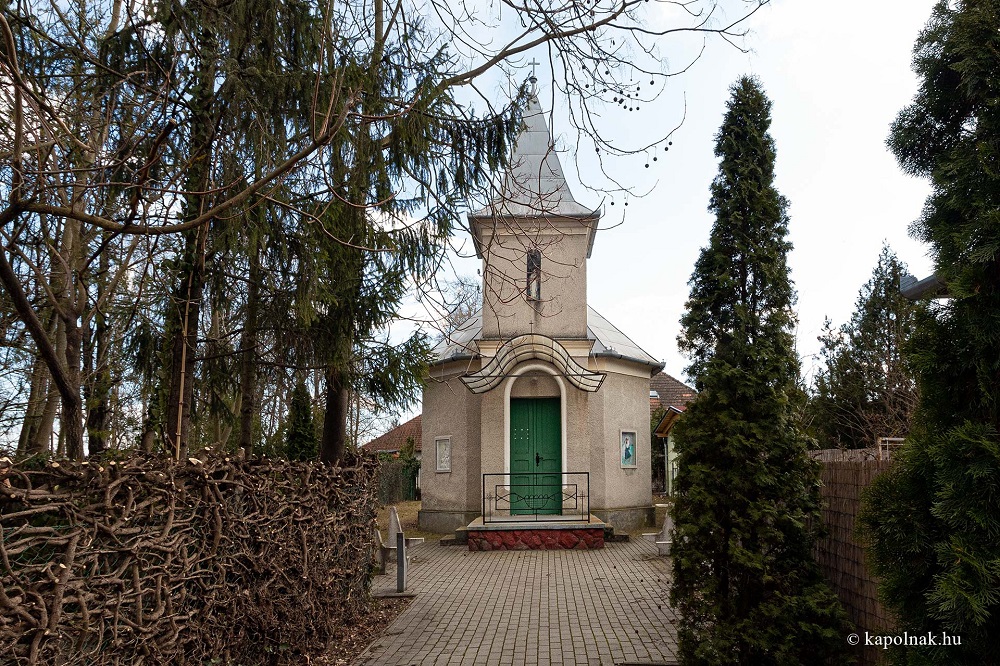
He had his villa built two years later. In 1928 he was buried in the old cemetery in Lelle, where his grave can still be found. His heirs did not hand the chapel over to the church, although this was a condition of church approval for its construction. There was talk of selling it to a Protestant denomination or demolishing it and building another building in its place. In 1931 Mária Szeleczky bought the chapel and the villa, in which she wanted to found a religious order for women. Dr. Nándor Rott (1869-1939), Bishop of Veszprém, refused to grant permission to the order after a three-year probationary period, so in 1935 Mária Szeleczky sold the villa and the chapel to the Tobacco Traders' Cooperative, who put the chapel at the disposal of the Roman Catholic Church. After the cooperative ceased to exist, the chapel was left without an owner and was taken over by the Church on 15 June 1937. It is a public chapel now. It received its bell from the former President of the Republic Zoltán Tildy (1889-1961) in 1948. Since the bell founders had not been paid, they demanded money from Lelle, and the municipality could not pay. There was already talk of returning the bell, but in 1953 the then Bishop of Veszprém, Bertalan Badalik (1890-1965), finally settled the bill.
Open-air stage
The open-air stage is one of the emblematic community spaces of the town, which has a long history. It is still one of the most visited venues at Lake Balaton hosting the best known artists of the Hungarian pop music scene and highly successful theatre performances.
Szent István Square
is the Mediterranean-style main square of Balatonlelle, where visitors can choose from a selection of shops, restaurants, pastry shops and entertainment venues. Those who love good music and wine don’t need to go far as the Event Park is in the immediate vicinity of the square, where traditional music events await those who want to have fun. The park's highlights include the festival ‘Juliális’ in July, Lelle Wine Week, St. Stephen's Days and City New Year's Eve.
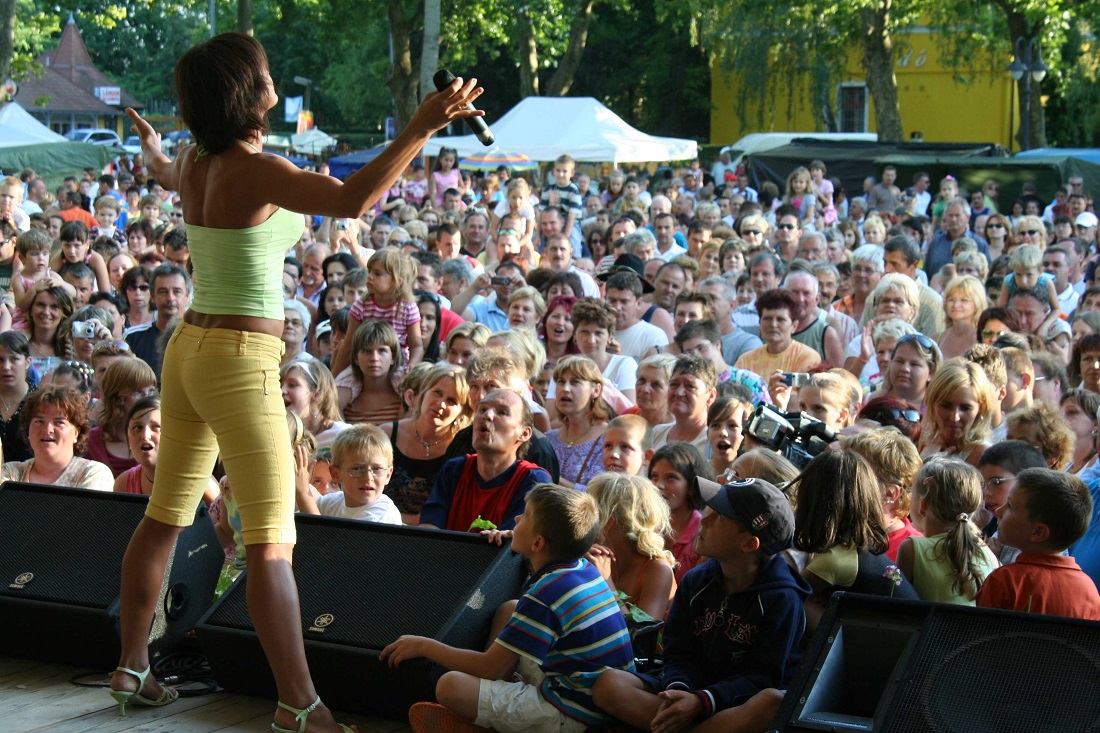
Napfény beach and waterpark
In 2006 the first sandy beach around Lake Balaton was created on Napfény beach, which has been very popular ever since. The water park and the big wave slide on the beach are also popular tourist destinations in the area.
Balatonlelle public beach
Balatonlelle has an extraordinarily long, well-maintained public beach of about 2.5 km. The beach area offers a wide range of services for bathers: a giant slide, watercraft rentals, a waterpark, playgrounds, and numerous snack bars and restaurants.



